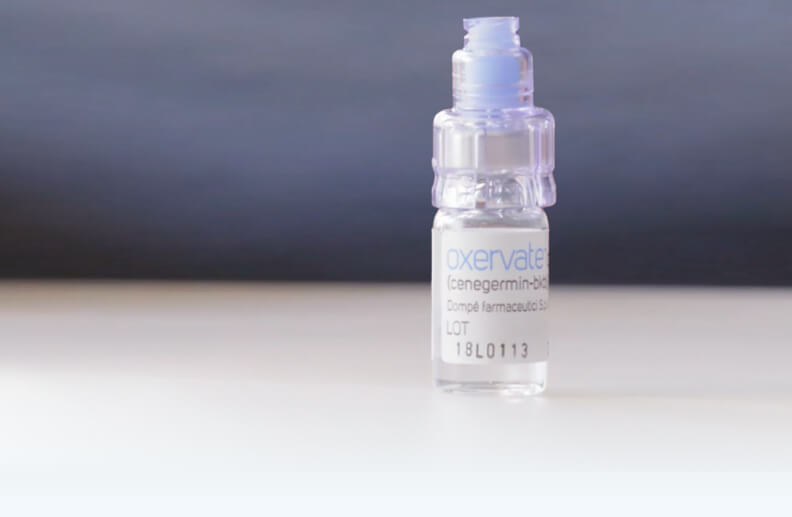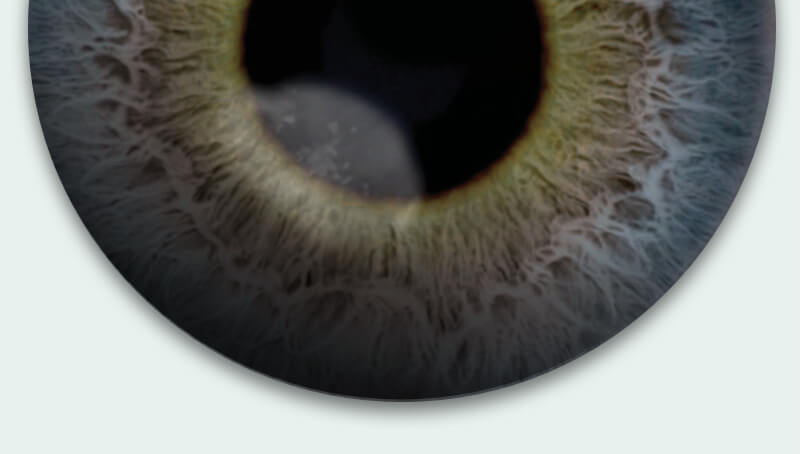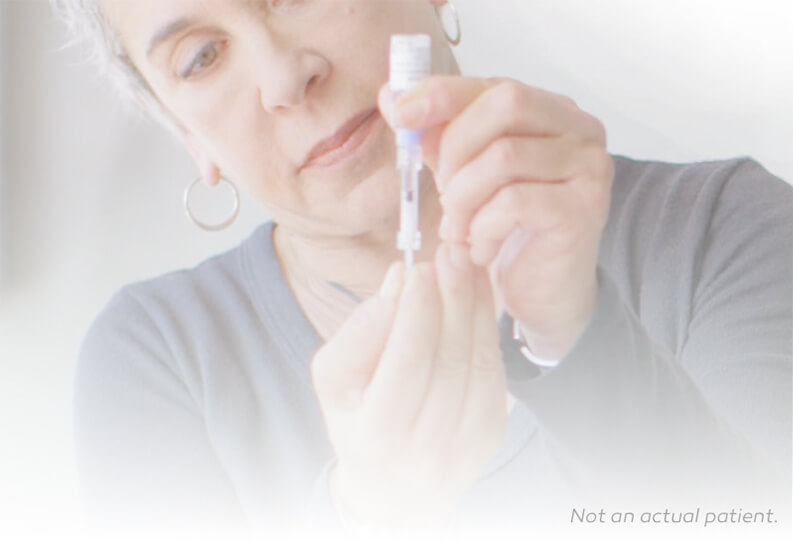Take a
closer look
at OXERVATE®
When your doctor prescribes OXERVATE® you’ll be supported every step of the way—from accessing treatment and receiving deliveries, to learning how to properly prepare and apply OXERVATE.



The only FDA-approved prescription eye drop to treat people with neurotrophic keratitis

What is neurotrophic keratitis?
Neurotrophic keratitis, also referred to as neurotrophic keratopathy, or “NK,” is an eye disease caused by damage to the corneal nerves that leads to breakdown of the cornea.
If not treated, it can lead to a corneal ulcer (an open sore on the cornea), scarring, or even vision loss.

Preparing for treatment
Use this dosing and administration overview to understand what to expect from treatment with OXERVATE or refresh your memory on how to use it.
Connect with us
Sign up to receive more information, including tools and resources for accessing and using OXERVATE.
By clicking SIGN UP, you agree to our Terms of Use and Privacy Policy.